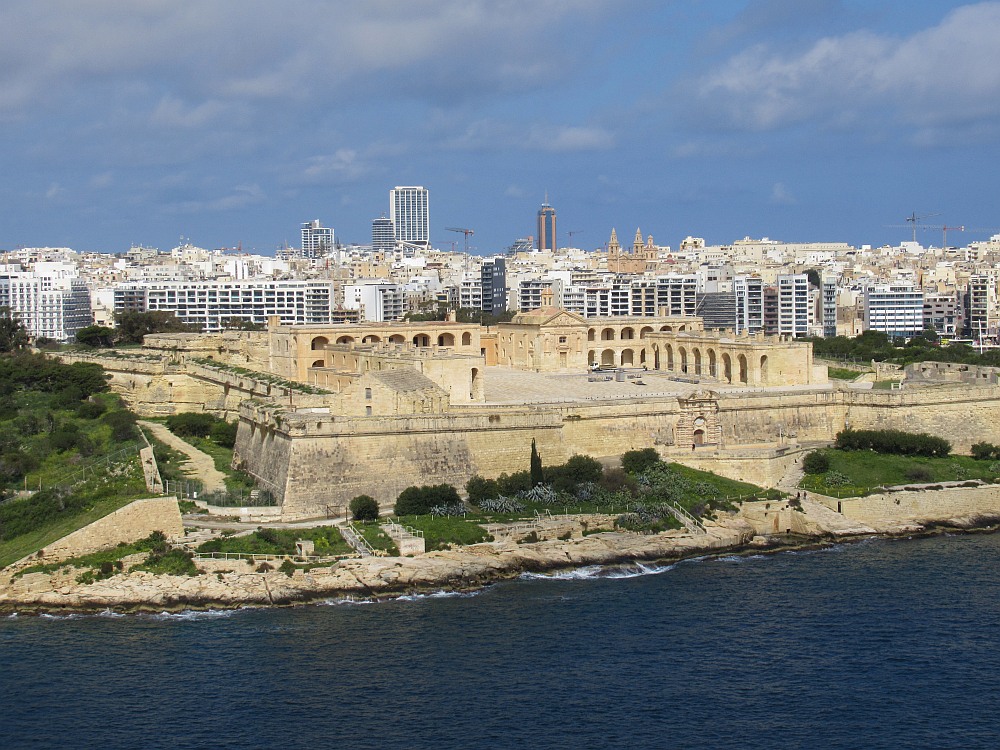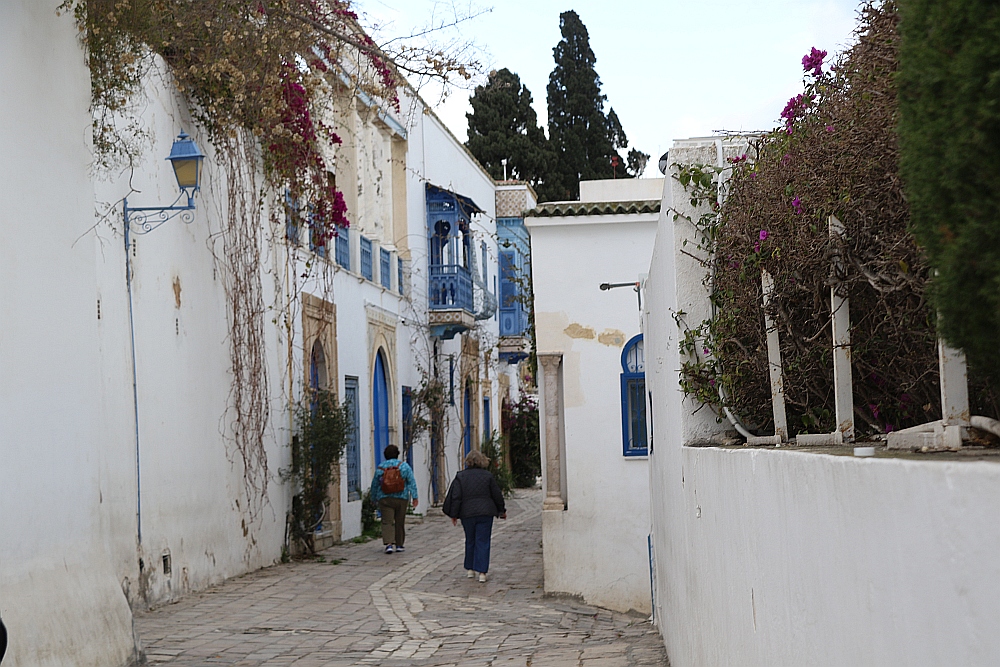Chile Fjords-Patagonia Day 8
Chile Fjords-Patagonia
OAT Day 08 - Friday, December 7, 2007 - Puerto Natales - Explore Torres del Paine National Park
After a full night of rain and cold wind, we woke up to high clouds and a light mist. Our breakfast room was not very big, and with our group of 30, we had to eat in shifts and help the one waiter bus the tables.
At 8:00 we met Paula to make the one hour drive north to Torres del Paine, whose national park was declared a World Biosphere Reserve by UNESCO in 1978 and is renowned as one of the most remote, beautiful, and unspoiled places in the world.
The landscape is rich and diverse in dramatic geological formations, which combine in several distinct ecosystems, from the wind-bent grasses of the plains to the sheer, frozen cliffs of the Andes.
On the way to the park we stopped to meet Henrique, an arriero, or shepard/cowboy who was riding to work his flock of sheep. These solitary men seldom associate with other people, living off of the land, and choosing to live an outdoors, rugged life earning $300 per month.
We made a comfort stop for 30 minutes at Villa Cerro Castillo, at the border of Chile and Argentina. It was very cold, 46 degrees with winds gusting up to 24 mph.
This border crossing is not used very often and not well guarded, so we took a few photos straddling the border fence! Imagine doing that with the some other international borders!
As we continued on to the park, Paula told us of the life on these steppe lands. On the isolated ranches there are no schools, children are taught at home and then move to a city for high school. There are no doctors or dentists. Babies are born at home and when people die they are buried on the ranch.
Some ranches have generators to generate electricity for their nights. There are no newspapers but they do have battery operated radios, a very common form of communication!
Our driver Hugo is an excellent spotter of animals and with the help of Maria Elena, we got to see many birds again today. Included on the list we saw today were: crested caracara, black-faced seagulls, chimango caracara, great grebe, spectacled duck, plumbeos rail, chiloe wigeon, flying steamer duck, coots, long tailed medowlark, black faced ibis, and condors.
A family of gray fox was very close to the side of the road so we stopped for about 15 minutes to watch the 3 kits playing and the male and female teaching them to hunt for food. The male had stolen a huge egg from a rhea and was eating it right in front of us.
A short distance down the road we saw many Andean Condors flying over head. As we approached we could see that two sheep had been killed by another predator and the huge birds were cleaning the remains. All told there were 10 Condors in this flock. Another true discovery!
We finally saw our first view of the rugged peaks of Torres del Paine Range. The national park itself comprises about 935 square miles and is part of the Paine Massif, granite mountains that emerge suddenly from the plains of the Patagonian steppes and are capped by crumbly sedimentary rock that used to lie on the valley floor.
This granite intrusion—one of the most recognizable mountain profiles in the world—was formed about 12 million years ago, making the Paine Massif quite young geologically. Sedimentary rock and magma collided violently and were thrust high into the air.
After the ice age, when the ice fields covering the base of the massif began to melt, water and wind carved the rock into huge towers of varying shapes, at heights up to 9,000 feet. Some of these are covered in permanent ice.
Our next discovery was a herd of guanacos, our friends, and the cousin of the camels. The wind was so strong here; I had to lay down on the ground to brace myself for a steady shot.
Paula told us more about these rugged animals that are now protected here in the park. The female has one baby each year that is born in November and then December is mating season again.
We saw so many young, only a few weeks old and their protective parents on the hillsides. This was truly a photographer’s dream!
At 12:30 we stopped at Lago Amarga where we had a perfect view of the Torres (Towers). Instead of having our picnic, we had to eat on the bus because of the wind.
Paula and Maria Elena told us this is the windiest day they have had on an OAT trip! Our next stop was at Lago Nordenskjold, and it was so windy we could hardly stand still to take pictures. The winds here were gusting to 45 mph. Paula made a point of congratulating us on our bravery as we hiked out on to the hillsides.
We enjoyed a full-day tour of this extraordinary national park, including a hike through one its most beautiful areas. We stopped at Lago Pehoe for our final photo opportunity. This is the typical shot shown on all of the brochures of the park - breathtaking!
At 6:30 we checked into our hotel and at 7:30 had a welcome drink and then we had a delicious dinner at the hotel dining room.
Accommodations: Hosteria Lago Grey - - - Meals: B, L, D
If you wish to travel with OAT Click Here.
To receive $50 per person off your first reservation with OAT, mention the following information when reserving your Overseas Adventure Travel Trip: Mr. Victor Garcia Customer #673062
Comments
Post a Comment!How well we remember those winds! Our guide only let us out of the van if we agreed to hang on to the door handles! We saw many young folks hiking with huge packs - we wondered how they managed to stay upright in those high winds. We loved the guanacos, too! Kathy
Featured Journal
Day 18: Mediterranean Navigation
Day 18 - Wednesday, March 19, 2025 – Disembark Ship & Return to USA
It was a dark and rainy morning when we put our luggage outside of our cabin door at 4:15. We met three of our fellow passengers also on the same flight...










